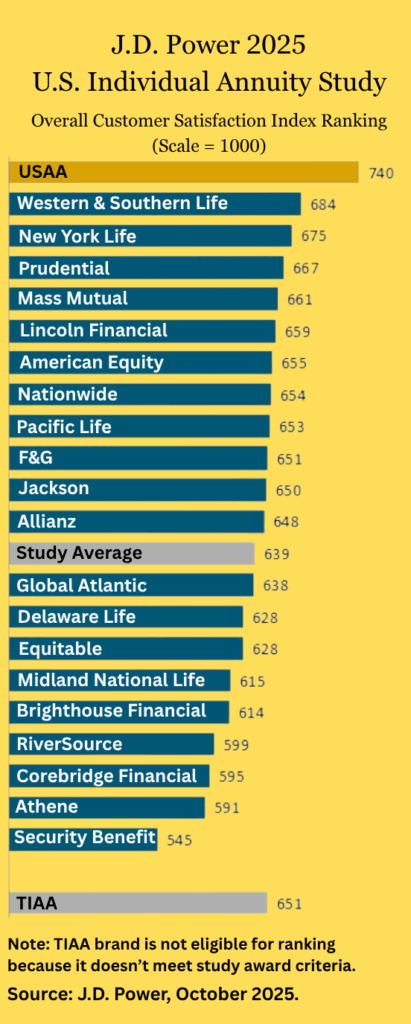
Lincoln OptiBlend, Lincoln Financial Group’s flagship fixed indexed annuity (FIA), has added the BlackRock Dynamic Allocation Index, a daily volatility-controlled index with global asset allocation, to its index options. The index was created by BlackRock on July 20, 2021, so it has only a one-month track record.
Contract owners can choose either a one-year or two-year term when allocating premium to the BlackRock Dynamic Allocation Index, according to a release and statement from Tad Fifer, VP and Head of Fixed Annuity Sales, Lincoln Financial Distributors. The minimum OptiBlend purchase premium is $10,000.
The OptiBlend FIA comes in a 5-year, 7-year or 10-year surrender charge schedule, as state regulations allow. Surrenders in excess of 10% of the FIA account value are subject to a surrender penalty. When contract owners surrender their contracts before the end of the surrender period, surrender fees typically reimburse the life insurer for the commission it paid to the insurance agent at the time of the initial sale.
The index gives contract owners exposure to the performance of 10 BlackRock iShares ETFs (exchange-traded funds). The OptiBlend FIA also offers exposure to the One-Year Fidelity AIM Dividend Participation Index, One-Year S&P 500 5% Daily Risk Control Spread Index, One-Year S&P 500 with a cap on upside returns, and a One-Year Year S&P 500 with a participation rate. FIA caps and participation rates are subject to change, depending on prevailing interest rates and other factors.
On August 24, 2021, the index contained about 50% exposure to Treasury securities of varying maturities (with 2% to investment grade corporates), 20% exposure to large-cap stocks (the S&P 500 Index), about 20% exposure to global stocks in developed and emerging markets (MSCI-EAFE and Emerging Markets), and just under 9% to a real estate ETF.
So the index offers risk protection in several ways. First, every FIA has a guarantee not to lose principal if held to term. Second, the index is half-invested in safe government or corporate securities. Third, the volatility of the index is controlled through daily monitoring.
According to information from BlackRock, “To the extent that the forecast volatility of the Multi-Asset Class Basket differs from the 5% Target Volatility, the Index will allocate a portion of the index weight to the Multi-Asset Class Basket, with the remaining weight allocated to the Cash Basket,” which consists of short-term Treasuries and TIPS (Treasury Inflation-Protected Securities).
When individuals purchase an FIA, a small percentage of their premiums are typically used to purchase a set of options on a price index (an index whose returns don’t include dividends). The options give the contract owners a range of the index returns over a given crediting period (typically one or two years).
Returns range from a low of zero (excluding fees) to a positive return up to a cap or up to a certain percentage of the total index gain between the beginning and end of the crediting period. Volatility-controlled indexes like the BlackRock Dynamic Allocation Index may offer relatively high caps and participation rates than more conventional indexes, but their risk controls are designed to restrain them from wide swings in index performance.
According to Lincoln’s website, “The level of the BlackRock Dynamic Allocation Index is calculated on an excess return basis (net of a notional financing cost) and reflects the daily deduction of a fee of 0.50% per annum. The fee is not related to the annuity.”
© 2021 RIJ Publishing LLC. All rights reserved.

